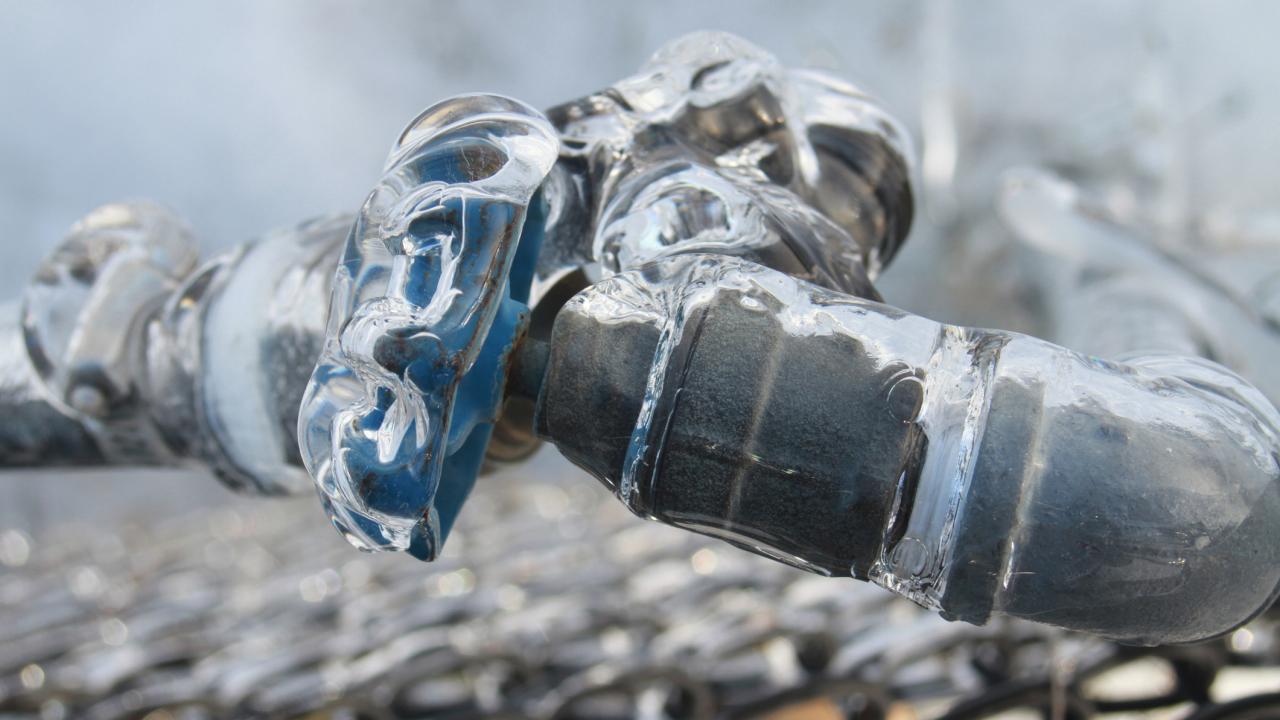Essential Approaches for Preventing Frozen Pipes in Winter
Essential Approaches for Preventing Frozen Pipes in Winter
Blog Article
They are making several great pointers on the subject of Preventing and dealing with frozen pipes overall in this great article down below.

Winter can damage your plumbing, specifically by freezing pipes. Below's exactly how to prevent it from occurring and what to do if it does.
Intro
As temperatures decrease, the risk of frozen pipelines increases, potentially leading to costly repairs and water damages. Understanding how to prevent frozen pipes is essential for house owners in cold climates.
Understanding Frozen Pipes
What triggers pipelines to ice up?
Pipes ice up when subjected to temperature levels listed below 32 ° F (0 ° C) for expanded durations. As water inside the pipes freezes, it increases, taxing the pipe wall surfaces and potentially triggering them to break.
Dangers and problems
Frozen pipelines can bring about water system disturbances, building damage, and costly repairs. Ruptured pipes can flooding homes and trigger extensive architectural damage.
Signs of Frozen Pipes
Recognizing frozen pipes early can prevent them from breaking.
Just how to determine frozen pipes
Try to find reduced water circulation from taps, uncommon smells or sounds from pipes, and visible frost on subjected pipes.
Avoidance Tips
Protecting susceptible pipelines
Cover pipelines in insulation sleeves or utilize warmth tape to secure them from freezing temperatures. Focus on pipelines in unheated or outside locations of the home.
Heating techniques
Keep indoor spaces sufficiently heated, particularly areas with plumbing. Open up closet doors to allow warm air to circulate around pipelines under sinks.
Shielding Outside Pipes
Garden hose pipes and exterior faucets
Detach and drain yard tubes prior to winter. Install frost-proof spigots or cover outdoor taps with protected caps.
What to Do If Your Pipes Freeze
Immediate actions to take
If you suspect frozen pipes, maintain faucets open to relieve pressure as the ice melts. Make use of a hairdryer or towels taken in hot water to thaw pipelines slowly.
Long-Term Solutions
Architectural adjustments
Take into consideration rerouting pipelines away from exterior wall surfaces or unheated locations. Include added insulation to attic rooms, cellars, and crawl spaces.
Updating insulation
Purchase high-quality insulation for pipelines, attic rooms, and walls. Appropriate insulation assists preserve regular temperatures and minimizes the risk of frozen pipes.
Conclusion
Avoiding icy pipelines calls for proactive steps and quick reactions. By comprehending the reasons, indicators, and safety nets, homeowners can shield their plumbing throughout cold weather.
5 Ways to Prevent Frozen Pipes
Drain Outdoor Faucets and Disconnect Hoses
First, close the shut-off valve that controls the flow of water in the pipe to your outdoor faucet. Then, head outside to disconnect and drain your hose and open the outdoor faucet to allow the water to completely drain out of the line. Turn off the faucet when done. Finally, head back to the shut-off valve and drain the remaining water inside the pipe into a bucket or container. Additionally, if you have a home irrigation system, you should consider hiring an expert to clear the system of water each year.
Insulate Pipes
One of the best and most cost-effective methods for preventing frozen water pipes is to wrap your pipes with insulation. This is especially important for areas in your home that aren’t exposed to heat, such as an attic. We suggest using foam sleeves, which can typically be found at your local hardware store.
Keep Heat Running at 65
Your pipes are located inside your walls, and the temperature there is much colder than the rest of the house. To prevent your pipes from freezing, The Insurance Information Institute suggests that you keep your home heated to at least 65 degrees, even when traveling. You may want to invest in smart devices that can keep an eye on the temperature in your home while you’re away.
Leave Water Dripping
Moving water — even a small trickle — can prevent ice from forming inside your pipes. When freezing temps are imminent, start a drip of water from all faucets that serve exposed pipes. Leaving a few faucets running will also help relieve pressure inside the pipes and help prevent a rupture if the water inside freezes.
Open Cupboard Doors
Warm your kitchen and bathroom pipes by opening cupboards and vanities. You should also leave your interior doors ajar to help warm air circulate evenly throughout your home.
:strip_icc()/snow-outdoor-faucet-pipes-4af65d1e5e904fb1aa7bf74071fe5d89.jpg)
As a keen person who reads on 6 Ways to Prevent Frozen Pipes, I assumed sharing that piece of content was necessary. Enjoyed our blog entry? Please share it. Help someone else check it out. Thanks for going through it.
Get A Free Estimate Report this page